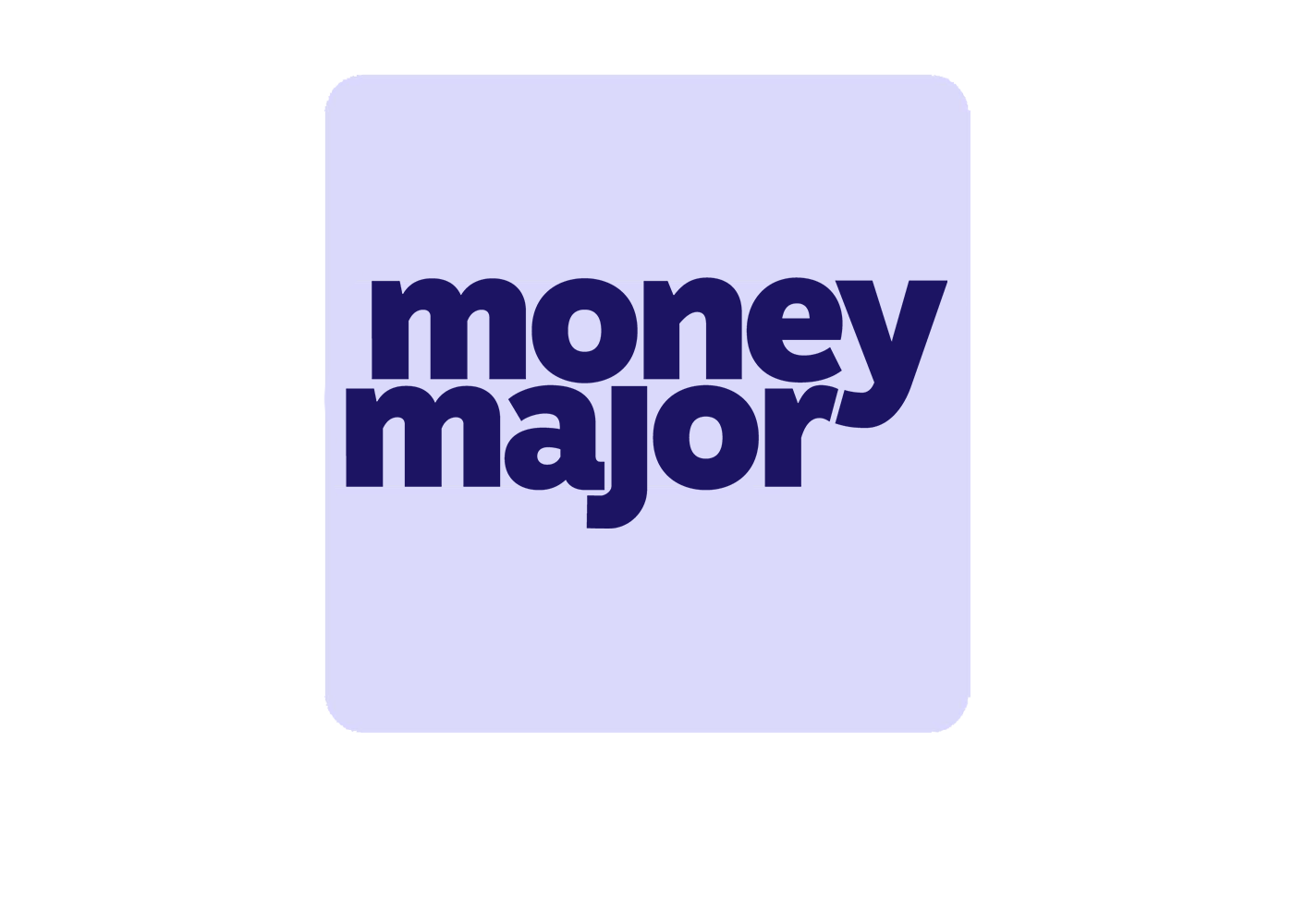Can You Claim an RESP on Your Taxes?
You may have heard that famous quote “nothing can be said to be certain, except death and taxes.” But are taxes certain with money contributed to your Registered Education Savings Plan (RESP)? In most cases, “no” when managed strategically. Let’s have a look at some answers to common questions about RESPs and taxes.
How Are RESP Earnings and Government Grants Taxed?
Similar to a TFSA, RESP contributions are not tax-deductible, although we can understand why you might think they are (RESP sounds a lot like RRSP). The benefits are a bit different, with the key draw being the free money you get from government grants.
Your earnings, which is a form of investment income, stay nice and cosy within your RESP where they can grow tax-free until they are withdrawn. This means you can continue contributing and receiving the benefits of government grants + compound growth without worrying about paying tax.
When it comes time to withdraw, the grants and income generated in the RESP are taxed (not your contributions) and are withdrawn by your student when they enter into post-secondary education, not you.
This means the income is taxed at the student’s rate, which usually means a lower tax bracket or none, given that they will be in school most of the time.
What exactly is taxable?
When it’s time to withdraw, a typical RESP contains funds that were accumulated by:
- Contributions made by you to your child’s RESP (not taxable)
- Investment earnings (taxable)
- Government grant income like the Canada Education Savings Grant, Canada Learning Bond, and other grant money available through provincial governments (taxable).
When your contributions are withdrawn, that money is withdrawn tax-free. After all, you already paid tax on that money when you made it. Only the new money—the grant money and investment earnings—are taxed.
And while you might be tempted to think that all this new money is yours, the reality is that only the student can withdraw the government grants and investment gains (that withdrawal is called an Educational Assistance Payment “EAP”). After all, the whole purpose of the investment is for their post-secondary education.
Students typically pay little — or no — tax on RESP withdrawals. When RESP earnings are withdrawn by the student to pay for education costs, they are taxed based on the student’s income, which usually means the tax rate is quite low.
In most cases, the student should withdraw their taxable educational assistance payments (government grants and investment gains) in their early years of post-secondary education, so they can claim those earnings while their income is quite low.
If the education assistance payment is withdrawn in later years, the student may need to pay substantial tax, since their income is more likely to be higher (they might have a paid internship or higher paying summer or part-time job).
For that reason, it’s usually best to withdraw EAPs first and your RESP contributions later. Of course, every situation is different and our RESP experts are here to help you along the way.
How is RESP investment income reported on a tax return?
Embark will send the student a T4A slip for the year that EAPs were received. The student includes the EAPs as their taxable income on their income tax return for the year.
What are the tax implications if I withdraw for non-educational purposes?
In some cases, a subscriber may want or need to withdraw money from the RESP for non-educational purposes. While the subscriber may withdraw their own contributions without being taxed, the withdrawal of any income earned from an RESP is taxed (that withdrawal is called an Accumulated Income Payment or “AIP”).
Accumulated Income Payment (Taxable Income)
Let’s say your beneficiary decides they don’t want to pursue post-secondary education. What happens with the education savings you’ve been growing in a registered education savings plan all these years? As the subscriber, you can make and RESP withdraw your investment income you’ve gained through your RESP contributions.
However, because your investment income has been tax sheltered within the RESP account, your RESP withdrawals will be considered taxable income on your tax return, which is subject to your province’s marginal tax rate, plus an additional 20% tax penalty (12% in Quebec).
In addition to withdrawing your RESP contributions as an AIP, all government incentives that it had previously contributed to your child’s post-secondary education will be clawed back, meaning, you don’t get to keep this money as your own, so it is wise to be aware of such implications.
RESP and Tax Benefits for Parents and Students
Saving for your beneficiary’s post-secondary education is challenging. But, at the end of the day, RESPs offer some great tax advantages that will allow you to maximize your savings over time:
Tax-free growth and compounding
As we mentioned, RESPs grow tax free, preventing you from paying RESP tax until the money is withdrawn from the account. This allows for compound growth, which maximizes the long-term value of your RESP. Ultimately, parents will benefit from this tax deferral, as the accumulated earnings can grow more efficiently over time.
Tuition tax credits offset RESP tax
When the student beneficiary withdraws their education assistance payment (includes investment earnings and government grants), they won’t be taxed as highly, given their likely lower tax bracket. Students can also use their tuition tax credits and other deductions to offset any liabilities they may have that calendar year.
Tax-efficient withdrawal strategies
To minimize taxes, Canadian families can use the following strategies:
- Withdrawing EAPs gradually over the years to keep students in a lower income tax bracket.
- Timing withdrawals strategically to align with tuition credits.
- Transferring unused RESP funds to another child’s account.
Transferring unused contributions to registered retirement savings plan (RRSP)
If the RESP provider does not have another child to transfer RESP money to and their own beneficiary has decided not to attend a post-secondary institution, they have the option of transferring their investment gains to their RRSP to avoid heavy taxation.
Note that the following rules apply:
Only investment funds can be transferred
Only your original contributions and gains can be withdrawn and transferred tax-free. Your grants must be returned to the government.
You must have contribution room in your account
You can transfer a maximum amount of $50,000 from your RESP to your RRSP. You also must have sufficient RRSP contribution room for that tax year to ensure the transfer is eligible for a tax deduction on your income tax. Doing so will defer your taxes until retirement, when the savings are withdrawn and taxed at a lower bracket.
Eligibility requirements
To be able to transfer savings from your RESP to your RRSP, the RESP account must be open for at least 10 years. The beneficiary must also be at least 21 years of age and not currently enrolled in a post-secondary educational institution.
Frequently Asked Questions

Embark is Canada’s education savings and planning company. The organization aims to help families and students along their post-secondary journeys, giving them innovative tools and advice to take hold of their bright futures and succeed.



